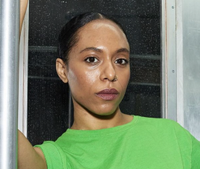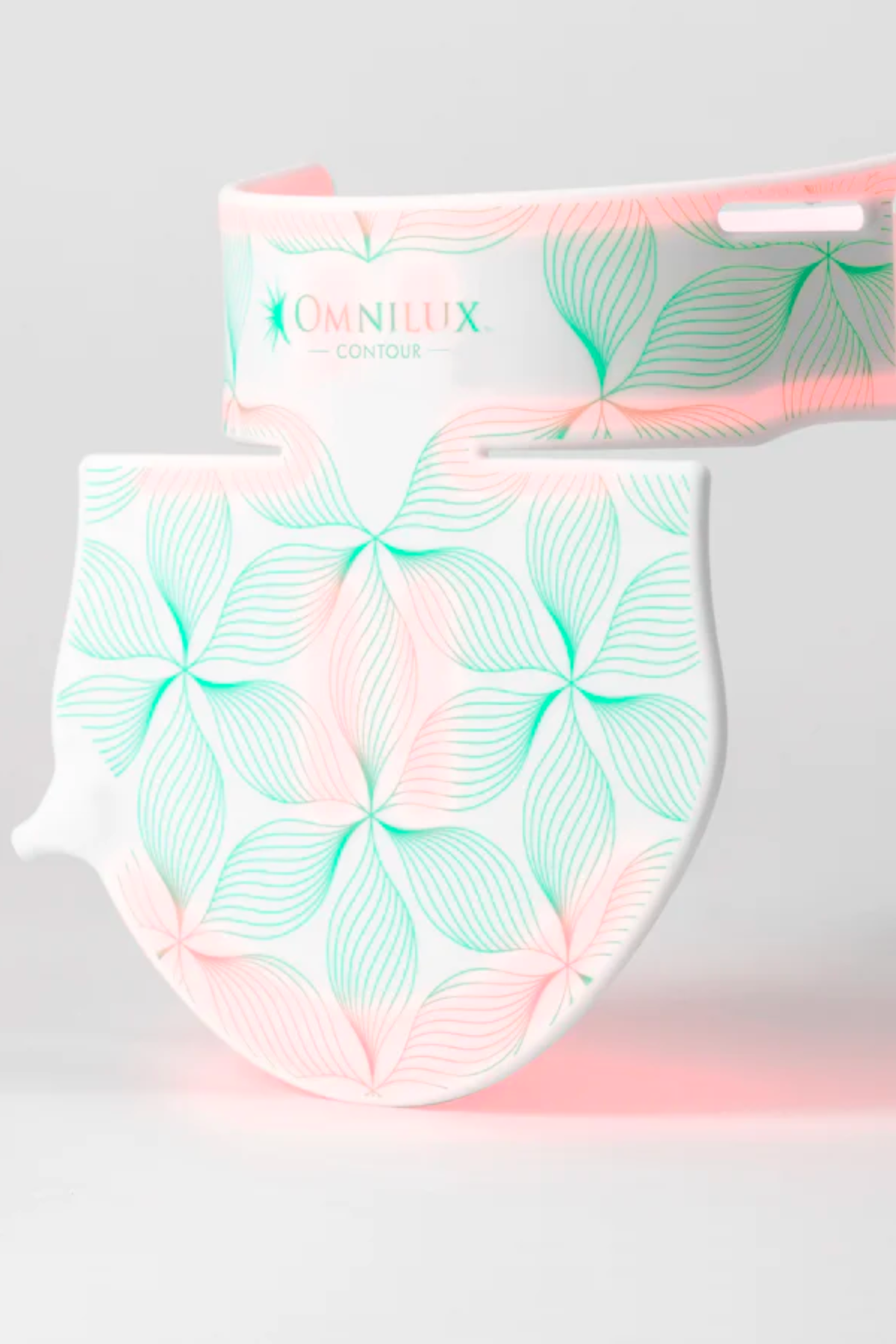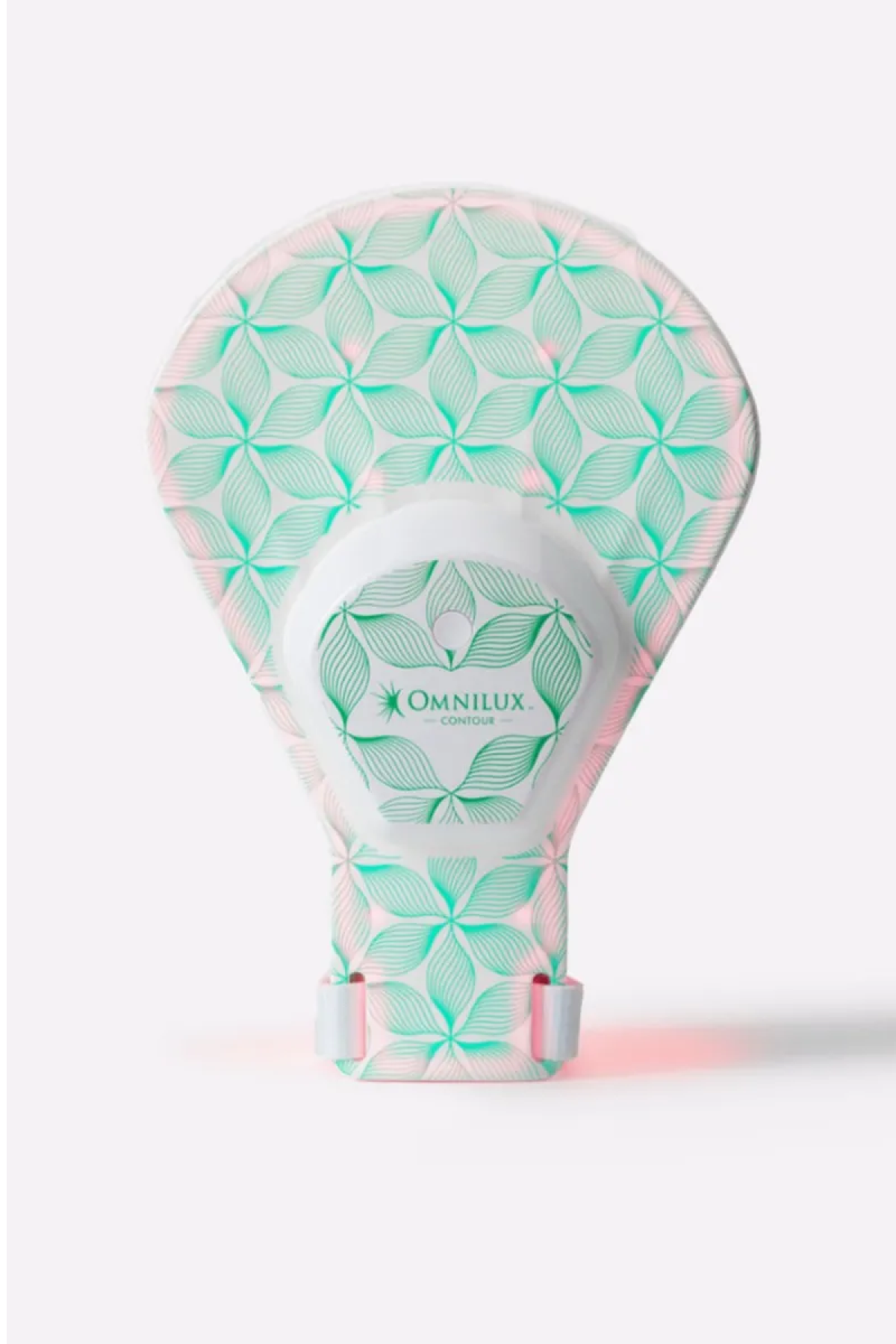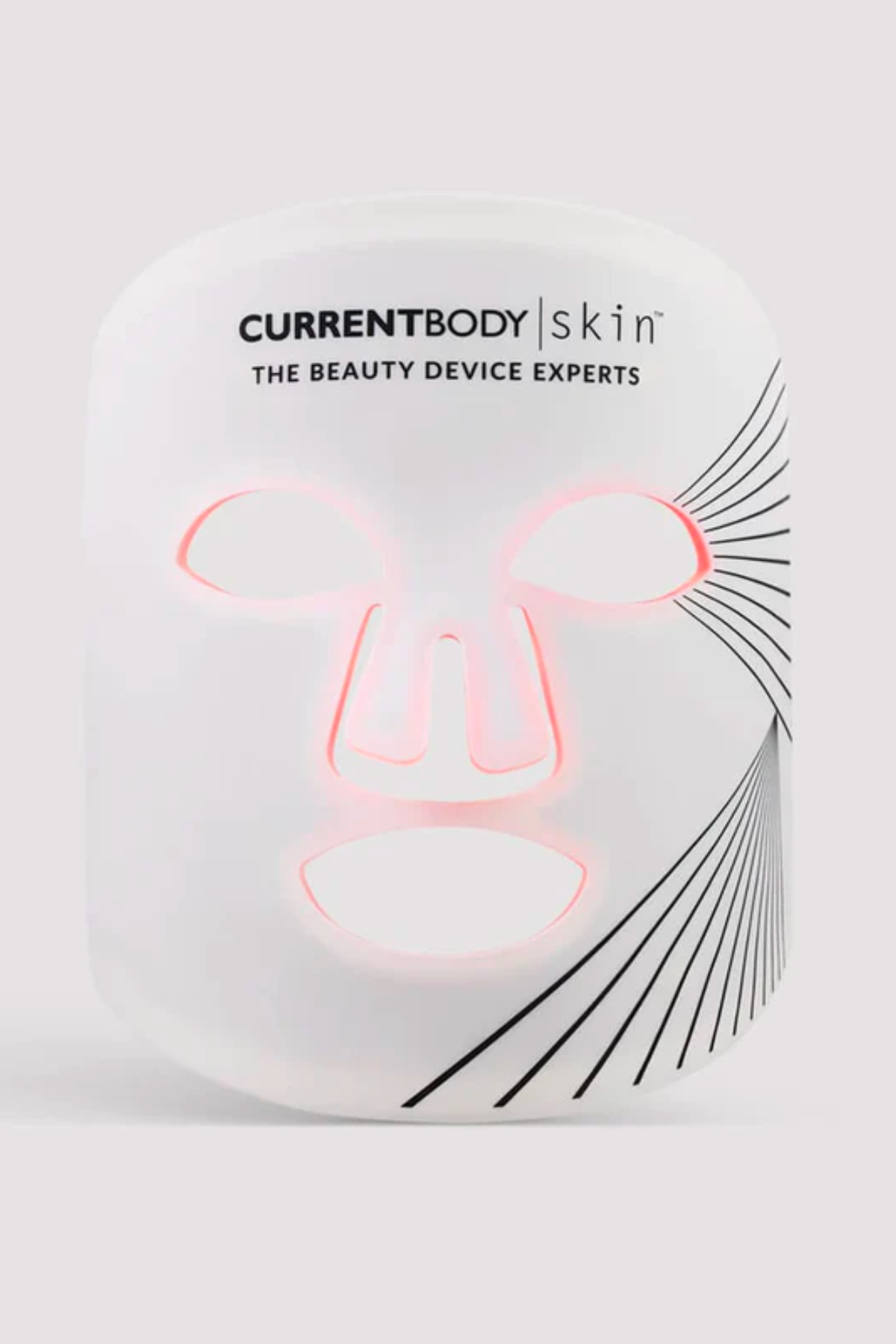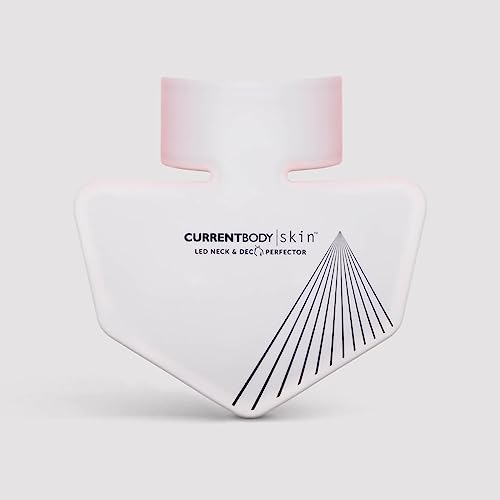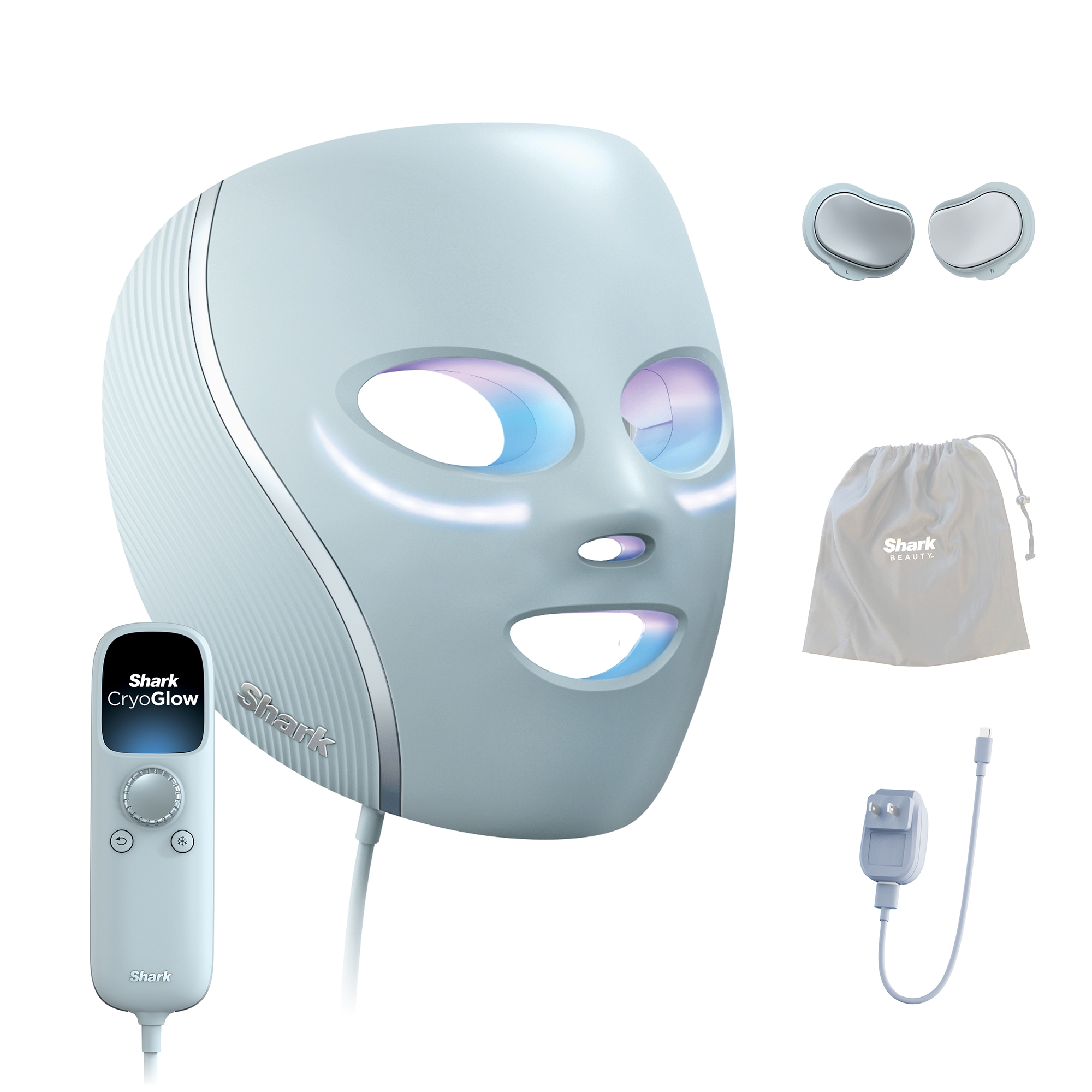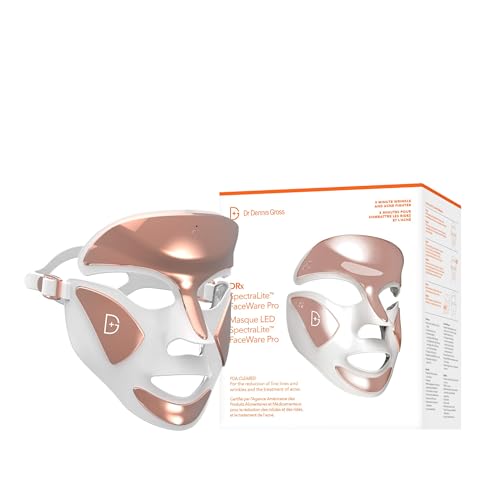These Are the Exact LED Masks Kim Kardashian Swears By
It's obvious why she's obsessed with this beauty tech

- Kim's Favorite LED Light Therapy Tools
- What are the benefits of LED light therapy?
- What is the benefit of different LED light colors?
- What are the downsides of LED light therapy?
- Who should avoid red light therapy?
- How do at-home devices compare to in-office treatments?
- How long does it take to notice results?
- Kim K. Has Her Faves, but Here are Some Other Great LED Light Tools
- Why Trust Marie Claire
- Meet the Experts
The popularity of at-home LED light therapy masks is only growing, but celebs like Kim Kardashian have been obsessed with this beauty tech for years now.
How much does she love a good red light therapy moment? Think back to Christmas 2023 when she was a big enough fan to gift a slew of her loved ones with LED light therapy masks for the face, neck and hands from brands like CurrentBody and Omnilux.
"I'm obsessed with these I gave them as gifts this year" she wrote on a past Instagram story and even went as far as to mention her post wasn't an ad, proof that she's likely a genuine fan.
While it's great that Kim K. loves some beauty downtime and has the funds to share the with her friends, there are a few things to know before shelling out your own cash to get your hands on an at-home LED light therapy device.
"LED light therapy has become a trusted option for improving both skin health and overall wellness," says Mona Foad, M.D., MHS, board certified dermatologist at MONA Dermatology. "It uses specific wavelengths of light to gently address concerns like breakouts, redness, and signs of aging, while also supporting collagen production and skin healing."
A Kardashian-loved beauty recommendation is nice, but it's not everything. Below, expert dermatologists spill the details on what makes LED light therapy so great, how these at-home tools stack up to in-office treatments, how to gauge your skin expectations and more.
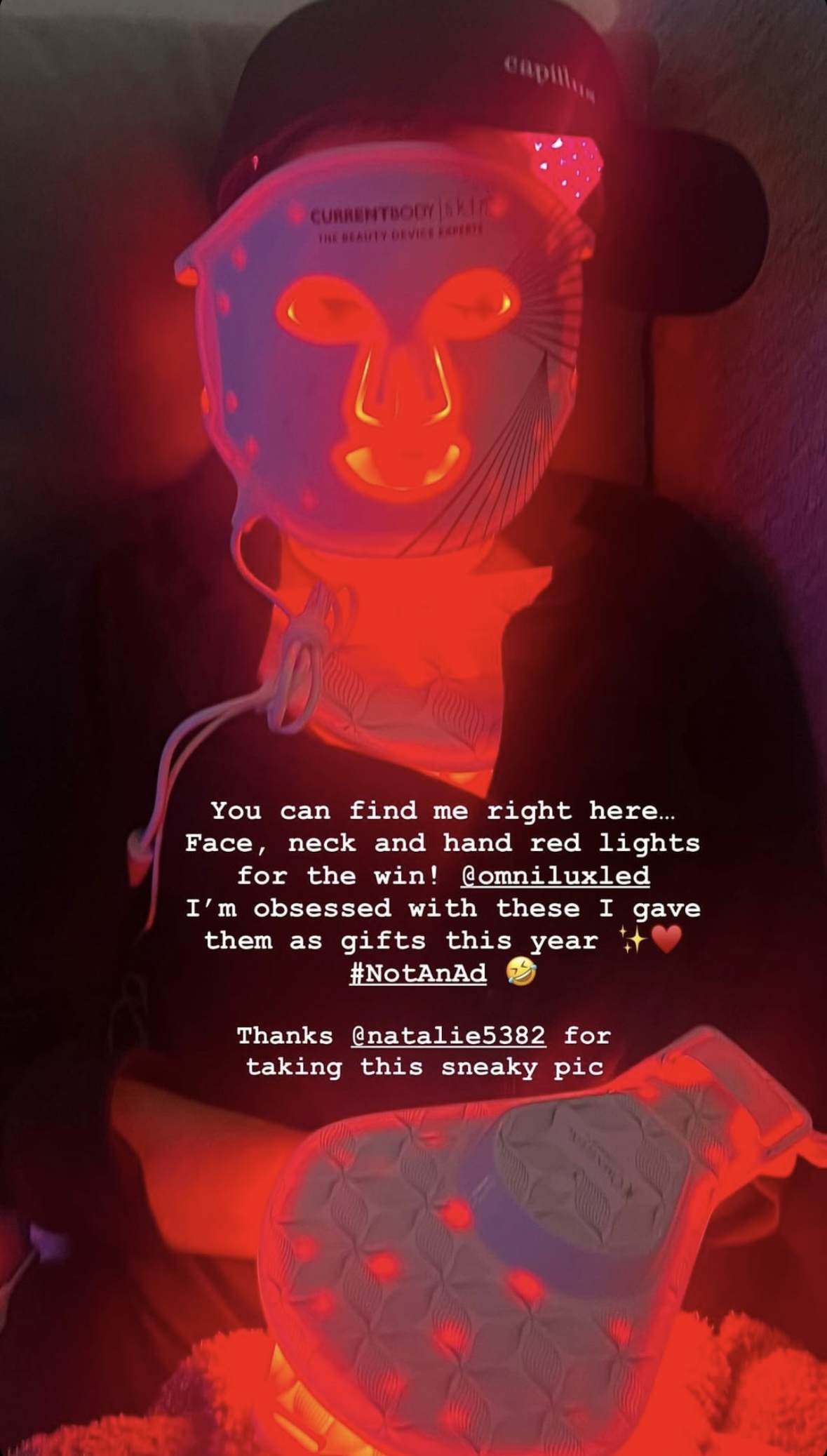
Kim's Favorite LED Light Therapy Tools
What are the benefits of LED light therapy?
LED light therapy touts many different benefits for the skin, especially depending on the wave length and what kind of light is being used. Yes, there's more than just red light and yes, it does make a difference. "Light- emitting diodes (LEDs) treatments are forms of light therapy skin care treatments that use different wavelengths in the visible light and near infrared spectrum to achieve various effects such as the reduction of inflammation, treatment of acne and breakouts, accelerate wound healing, stimulate hair growth and improve fine lines and wrinkles," explains Morayo Adisa MD FAAD Medical Director Dermatology Physicians, Chicago.
Get exclusive access to fashion and beauty trends, hot-off-the-press celebrity news, and more.
What is the benefit of different LED light colors?
As previously mentioned, the wave lengths and different LED light colors help achieve different results. Therefore it's important to think about your skin goals before clicking "add to cart." Ashley Magovern, board-certified dermatologist and Dermstore Medical Advisory Board member helps breakdown what each does with this guide.
Red Light (630–660 nm)
Boosts collagen and elastin production
Reduces fine lines and wrinkles
Improves circulation and skin texture
Calms inflammation—great for rosacea or sensitive skin
Blue Light (405–420 nm)
Kills Cutibacterium acnes (the bacteria linked to acne)
Reduces active breakouts
Often combined with red light to calm inflammation post-acne
Near-Infrared (810–850+ nm)
Penetrates deeper than red light
Targets muscle, joint, and even scalp tissues
Used for healing, hair regrowth, and pain reduction
Improves mitochondrial health, the powerhouse of all cells
What are the downsides of LED light therapy?
LED light therapy is a fan favorite for many reasons. "Regular sessions can lead to clearer skin, smoother texture, and a more even tone," says Dendy Engelman M.D., a board certified cosmetic dermatologist and Mohs surgeon at Shafer Clinic in New York City. "It’s a non-invasive, pain-free option that supports long-term skin health with minimal risk or downtime." However, there are still some slight drawbacks to look out for. "Overuse or using devices incorrectly can lead to dryness, irritation, or increased sensitivity, especially in people with reactive skin," says Dr. Engelman. "It also requires consistency and patience—results build gradually over time, not overnight. Additionally, not all at-home devices are created equal; lower-quality tools may not deliver the right wavelengths or intensity needed for real skin benefits."
Who should avoid red light therapy?
LED light therapy is praised for generally being a non-invasive and gentle skincare treatment making it a great option for many people seeking firmer, clearer skin. But there are a few instances where people should steer clear.
Dr. Foad explains, "anyone with a history of photosensitivity, whether due to medical conditions such as lupus, or medications that increase light sensitivity, such as doxycycline, should speak with their healthcare provider before starting treatment." It is also recommended that pregnant individuals consult their doctor before treatment (research in that area is limited). Foad adds that people with certain skin cancers or active infections should avoid light therapy until they've consulted with a dermatologist. "While red light therapy is gentle, making sure it’s safe for your unique situation is always the best first step," she says.
Dr. Magovern adds, "people with severe eye conditions or light-triggered seizures" should also take precaution with light therapy tools."
How do at-home devices compare to in-office treatments?
This is the million dollar question. In short, at-home devices do not have the strength that in-office treatments do. However, that doesn't mean an at-home device isn't worth it. They just require more patience and consistency.
"At-home LED masks or wands are less powerful than in-office devices, which is why they’re safe for daily use," says Dr. Magovern. "But they can absolutely work—with consistent use. The consistent use is the hard part. I find that people start to abandon them after the initial excitement wears off." Magovern compares this to in-office treatments like Celluma, LightStim Pro or panel-based therapy which she explains are more powerful, penetrate deeper and are usually done one to two times a week for "stronger clinical results." Her tip would be to use at-home devices to help extend the results of in-office treatments.
When it boils down to different at-home devices Dr. Adisa helps explain some of the differences between popular brands. "Both CurrentBody and Omnilux are FDA-approved red and near infrared light -emitting devices that are both for anti-aging, and are flexible silicone," she says. "They differ slightly in cost (with Omnilux slightly more than CurrentBody), and in power with Omnilux greater than CurrentBody."
Dr. Foad also shares some insight into Shark Beauty a newer LED light therapy mask on the market. "Shark Beauty combines light therapy with other skincare features [like cryotherapy], making it an appealing option for those seeking a multifunctional device. However, the light intensity may not be as focused as that of some other brands."
How long does it take to notice results?
With at-home devices patiences is key. Dr. Engelman explains that "typically, noticeable improvements from LED light therapy start to appear after about four to six weeks of consistent use. Most people follow treatments three to five times per week, with sessions lasting 10 to 20 minutes. Results build gradually as the light stimulates collagen production and reduces inflammation over time." Dr. Adisa also shares, "on average, it takes about four weeks for acne treatments and four to 16 weeks for lines and wrinkles."
Kim K. Has Her Faves, but Here are Some Other Great LED Light Tools
Why Trust Marie Claire
For more than 30 years, Marie Claire has been an internationally recognized destination for news, fashion, and beauty trends, investigative packages, and more. When it comes to the products Marie Claire recommends, we take your faith in us seriously. Every product that we feature comes personally recommended by a Marie Claire writer or editor, or by an expert we’ve spoken to firsthand.
Meet the Experts

Dr. Mona Foad, M.D., MHS, FAAD is a board-certified dermatologist and the Founder & CEO of MONA Dermatology in Cincinnati. She has been recognized as a “Top Doctor” by Cincinnati Magazine every year since 2008 and has been in private practice since 2002. Dr. Foad is dedicated to delivering innovative, compassionate dermatologic care in a patient-focused environment.

Dr. Dendy Engelman is a board-certified dermatologic surgeon at Shafer Clinic Fifth Avenue. Dr. Engelman attended Wofford College in South Carolina and was inducted into Phi Beta Kappa and graduated summa cum laude with honors with a double major in psychology and French. Dr. Engelman earned the Presidential Scholar award while a medical student at the Medical University of South Carolina. She was also awarded the Humanism in Medicine Scholarship primarily for establishing and running a free medical care clinic in Charleston and in Haiti where she continues to serve on an annual mission with her family. Following medical school, Dr. Engelman completed her internship in Internal Medicine at the Mount Sinai Medical Center in Manhattan. In addition to a dermatology residency at the Medical University of South Carolina, Dr. Engelman completed a one-year fellowship in Mohs and dermatologic surgery, lasers, liposuction and vein treatments. Dr. Engelman was appointed Director of Dermatologic Surgery at New York Medical College where she oversees the training of future Mohs surgeons and dermatologists. She is a fellow of the American Academy of Dermatology, American Society of Dermatologic Surgery and American College of Mohs Surgery.
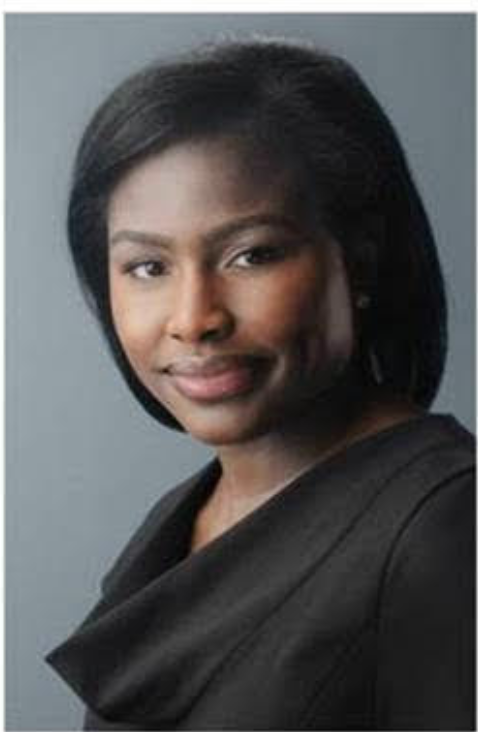
Double Board Certified Dermatologist & Dermatopathologist, Dr. Morayo Adisa MD FAAD has a passion for providing highly personalized care for all her patients. Her areas of interest include medical, surgical and cosmetic dermatology for all ages and skin types. Dr. Adisa obtained a BA in Microbiology from Southern Illinois University and her medical degree from University of Illinois, where she was a James Scholar.
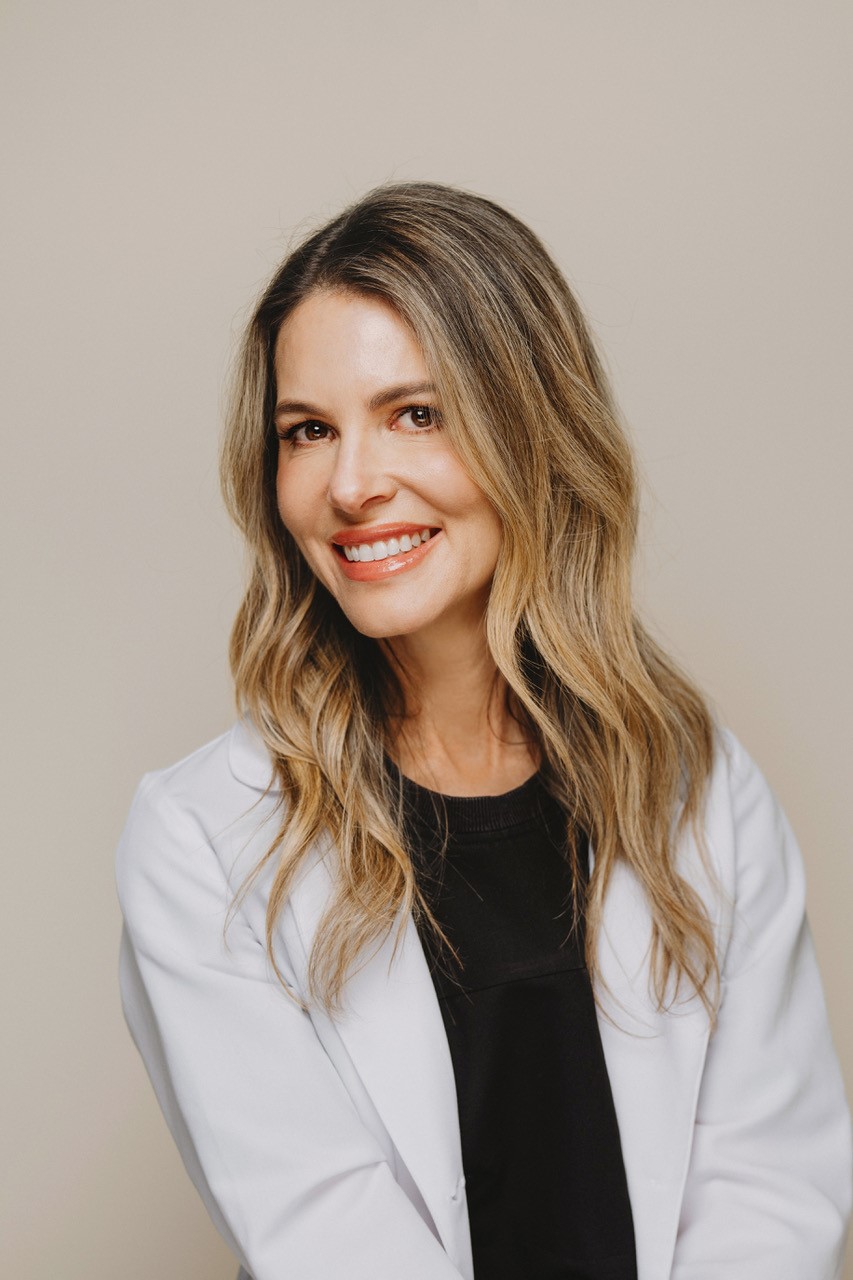
Ashley Magovern, M.D., is a board-certified dermatologist and Dermstore Medical Advisory Board Member who owns her own practice, Manhattan Dermatology, in Manhattan Beach, California. She loves all aspects of dermatology, including both the medical and cosmetic components of the discipline. She has a passion for skin care, believes in the importance of a good home routine and loves educating people on how to come up with an individualized plan.

Sophia Vilensky is a Freelance Beauty Writer at Marie Claire with a beauty, wellness, and entertainment journalism portfolio that includes contributions to Byrdie, Bravo, Teen Vogue, and Us Weekly. Growing up in a family of beauticians—and through her own personal studies—she developed an in-depth understanding of aesthetics, cosmetic product formulation, and beauty treatment development and has also held roles as a senior copywriter, content strategist, and proofreader for top beauty and wellness brands. Even so, you'd be hard pressed to find her with her hair and makeup actually done. Sophia is based in Minneapolis and is a 2019 graduate of the University of Minnesota, where she majored in English and minored in cinema studies. During her time at the university, she was the Arts & Entertainment Editor for the Minnesota Daily, earning the 2019 Editor of the Year award for her work. She connected deeply with the Twin Cities arts scene, collaborating with leading beauty professionals, designers, and artists. Graduating Summa Cum Laude, her thesis—a close-reading of Vanderpump Rules—was featured on NPR. When not immersed in writing or testing new products, Sophia enjoys watching reality TV, reading, and exploring the newest woo-woo wellness trends. Keep up with her on Instagram @sophiavilensky.
